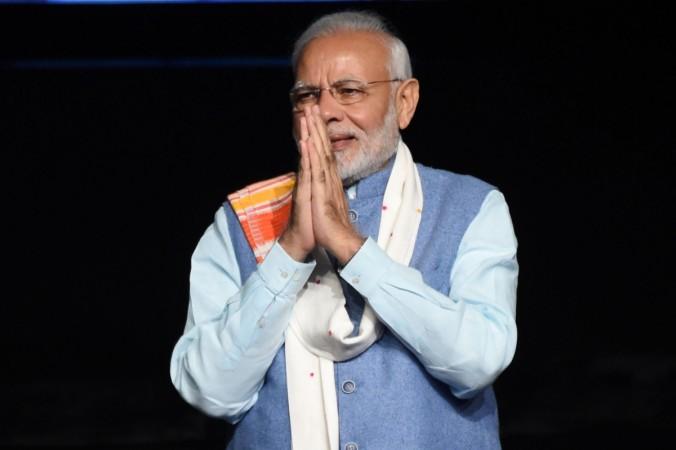
Ahead of the 2019 Lok Sabha elections, Narendra Modi-led National Democratic Alliance (NDA) government has decided to give 10 per cent reservation in higher education and jobs for those belonging to the economically backward upper caste.
To implement it, the government is likely to move a bill in the Parliament to amend Articles 15 and 16 of the Constitution, which are on discrimination and equal opportunity. The quota will be over and above the existing 50 per cent reservation.
Claiming that PM Modi has played a cunning move to coalesce the upper caste votes just ahead of the upcoming elections, the Congress termed it as "chunavi jumla" or "election rhetoric". This move from the NDA government is facing severe criticism and applause at the same time. The Hindu Mahasabha has asked for 25 per cent quota claiming that 10 per cent is not enough.
Who's expected to benefit from NDA quota?
Members from the communities of Rajput, Baniya, Bumihar, Gujjars and Jaat are all expected to benefit from this. The quota will be given irrespective of religion and the Scheduled Caste (SC) and Scheduled Tribe (ST) quotas will be left untouched.
Who are not eligible for the quota
- People with residential houses above 1,000 square foot.
- Annual income above Rs 8 lakh per annum.
- Agricultural land above five acres.
Public reaction over the quota
With no bar on religion and caste and economic status made the only factor, the public has varied opinions over the quota.
Some have praised PM Narendra Modi and trolled Rahul Gandhi.
Honourable PM Narendra Modi ji
— Rohit (@Rohit07001) January 7, 2019
Has used the Brahmastra which I don't think opposition has an answer to that ...
This is going to b a gane changer for 2019 elections..
A PM who is pro development...
Hats off #CasteFreeQuota

















